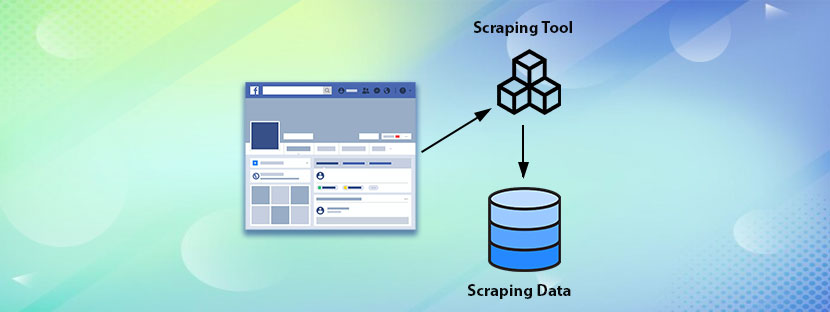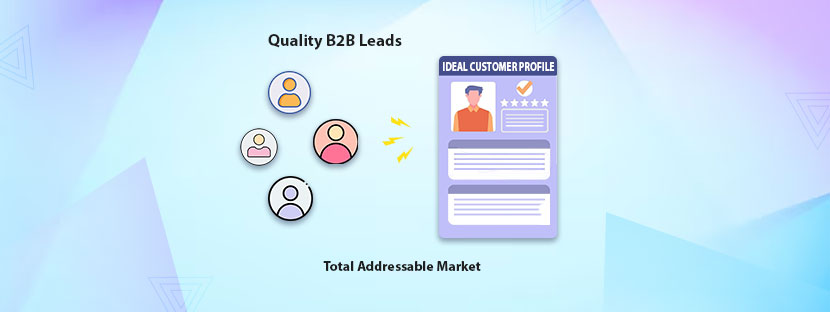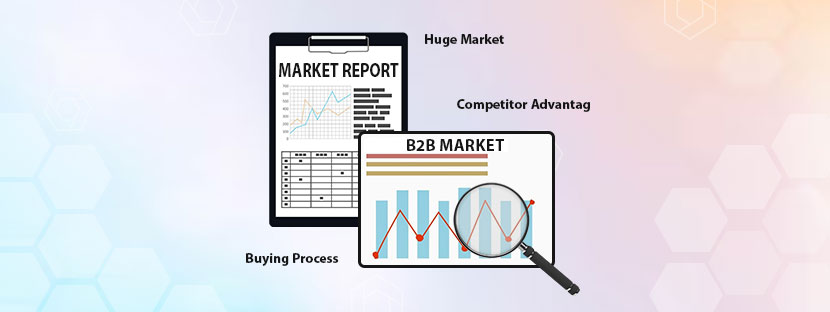With 3 million monthly active users, Facebook has bagged the title of the world’s largest application recently. It’s a popular and most common social media platform that you find among smartphone users.
But uniquely, Facebook strives for its user-generated content. Each of the FB users contributes by sharing unique stories, making connections, and showing diverse interests.
You need to skill yourself up to scrap Facebook data if you want to keep track of user behavior, interests, and trends. And that is obviously for your business purposes.
In 2025, the rules and regulations for using Facebook data have changed. Facebook comes up with the strictest data policies to prevent and ban unauthorized scrapping. So, it’s now necessary to adopt a comprehensive strategy to scrap Facebook data ethically. Let’s discuss everything about Facebook data and how you can scrape it in this blog.
Is Scraping Facebook Profiles Data Still Relevant?
You can guess through the numbers, how much diverse userbase Facebook has.
Facebook is super relevant for businesses. With this huge number of active monthly users, one thing definitely you must know is – “no matter what you sell, your audience is there and active”.
Besides buying and selling, the biggest and hottest thing about Facebook is its data. Using user data insights, businesses can frame their strategies not just only promote their products online but offline also.
Facebook is a virtual reflection of society. People interact, share bonds, and connect with others. Interestingly, we all are aware of the word “metaverse”, which is similar to reality but in a virtual set. So, Facebook data is tremendously worthy, for understanding people’s minds and psychological behaviors. That’s the sole reason businesses at present focus more on scraping Facebook data to understand their customers’ behavior more intensively.
Unleash the Jackpot of Public Data that Facebook Holds
Facebook is a treasure trove of public data. With the help of ethical data scraping, you extract all this data for your further use. Structurally, Facebook is an evolved social media platform, it started its journey way back in 2004. To scrape Facebook Data, you need to understand its structure first.
Facebook Structure
Over time, Facebook has become a complex social media platform and has various components. Let’s simplify all of them.
User Profiles: Individuals can create accounts after providing basic personal details. Individual accounts are called here profiles. Having a profile is a must to post, share, and interact with public posts. Here, each profile has a unique URL.
Groups: These are spaces on Facebook designed to interact between users. Anyone can create a group and ask other members to join. The main part of creating a group is to increase interaction between people and create a community.
Pages: Other than profiles, pages represent businesses, brands, celebrities, and other things. Pages gain “fans” when someone chooses to like them, unlike “friends” that profiles can have. Apart from that, pages are open to the public generally, anyone can interact with a page through its posts.
Posts: Any sharable content is a post. It can be text, links, videos, images, or anything.
Comments: Responses in the form of words generated from any post is a comment.
Reactions & Likes: People express their responses to posts and comments using likes and reactions. Facebook reactions include “like”. “Haha”, “sad”, “angry”, etc.
News Feed: It’s like a home page and it appears at the first when you open Facebook. All posts shared by different users appear here.
Messenger: It acts as a direct communication between users. Users can send private messages using Messenger.
Marketplace: Like an e-commerce platform, it allows users to sell and buy items with their community.
These are all basic understanding of Facebook’s structure. It would help you scrap Facebook data faster and more accurately.
But what about the data? Facebook generates “n” number of data every day. To help in analytics, we categorize different sets of data into different compartments. Let’s check what categories of data we have here.
Scrape Facebook Data & Explore Analytics
User Data: From basic information like name, location, work, etc to nuanced information like group membership, liked page, and so on, everything counts here as data. Mainly, user preferences, likes, and affiliations are included in this data.
Network Data: Information about the user’s connections or friends to study social networking and its dynamics.
Profile Data: Different from user data, information about date of birth, mobile number, gender, etc included under profile data.
Ad Data: Information about how users interact with Facebook Ads, user response rate, and advertiser’s details are included in this data.
Content Data: Posts, Likes, Comments, Reactions, Shares, etc together all form content data. All this data helps in trend spotting, sentiment analysis, detailing user engagements, and more such analytics.
Behavioral Data: Information about when a particular segment of users is active, when they engage, how frequently they engage, etc comes under the behavioral data.
Network and Device information: Take out detailed information about the devices users use to stay on Facebook. Plus, the browser, the operating system, and the mobile network they use along with the IP address, everything.
Temporal Data: To conduct proper behavioral analysis, track engagement data when users come across a post and stay there. It’s a process of tracking data over time.
Locational Data: Using the user’s IP address, collect locational information, GPS data, and other relevant geographical sets of data into different compartments. Let’s check what categories of data we have here.
Using different techniques, you need to assess the scrapped Facebook data to get proper insights. Many companies use dedicated software/AI applications to perform this assessment task. When done, it eases the customer targeting process and shows better outcomes.
But wait!
There’s still more…
Importance of Mining Facebook Data
From businesses to marketers, Facebook data is an invaluable asset. It’s a treasure trove for them. Using this data, they can do;
Targeted Advertising: Putting personalized ads on Facebook performs the best when it comes to marketing. Utilizing the Facebook insight data, you can analyze users’ behavior and preferences clearly. Based on the insight, you can target your audience and strategize your advertising policies.
User Experience Optimization: If you want to dig into the digital sphere intensely, then you must provide a better user experience. Here, Facebook data helps you frame strategies to enhance user experiences.
Sentiment Assessment: Each comment and reaction tells how a particular set of the audience feels about a particular topic. Use that insight into your marketing strategy to persuade your potential customers.
Better Ads: When you have data about ads (how ads performed in a specific niche over time), you can create better ads and grab more opportunities. You would already know what sets of ADs performed well, so you can stick to that niche only.
Constant Competitor Monitoring: Scraping the Facebook data of your competitors is the best way to track them. It helps in figuring out what their strategies actually worked so you can work on them too. As you and your competitors share the same audience tracking them is obviously a fruitful choice.
Summary
Scraping Facebook data in 2025 is super relevant and it will continue to be in relevancy over the next 5 years or more. Many social media platforms are there but Facebook is vast and covers a major segment of the audience. Utilizing its data can help businesses, marketers, and others get a direct edge over competitors. From targeted advertisement to improving user experience, Facebook data is immensely fruitful if you assess it well.
All you need is to consult a professional Facebook scraping services provider to scrap data faster. You can contact us too if you need it as we provide the same services.











